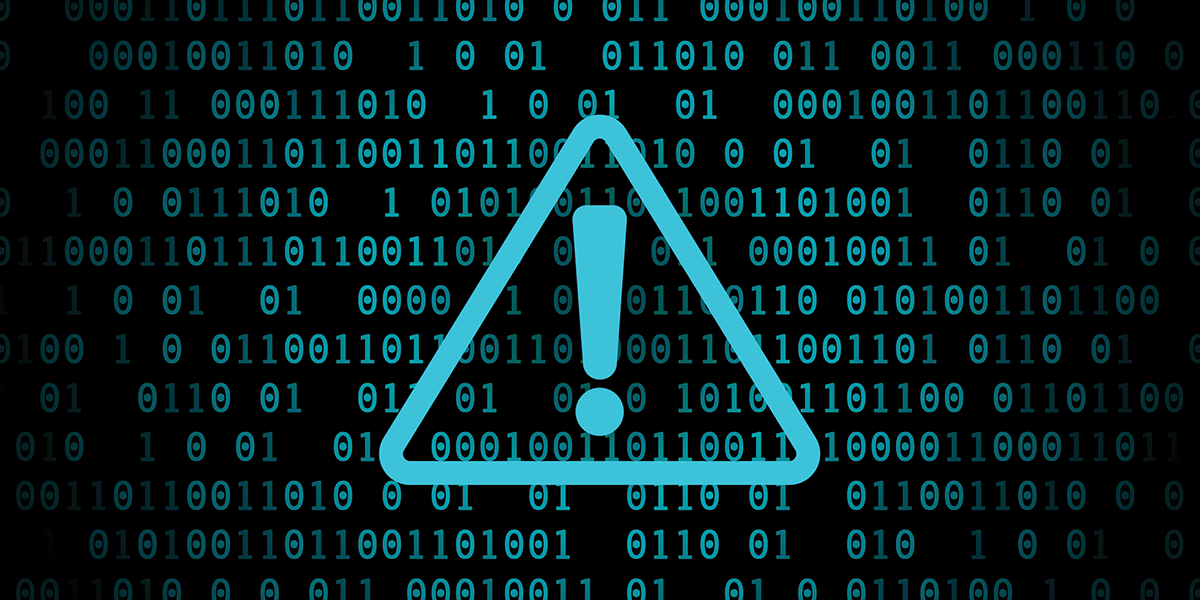Fraudsters are becoming more sophisticated, making it critical for community banks to stay vigilant and proactive. By educating customers on common scams and strengthening internal security measures, banks can reduce fraud risks and protect their reputation. This list offers practical ways to help banks and their customers stay one step ahead of scammers. Interested in a printable version? Select the infographic in this post to download the PDF.
Customer Education
1. Take advantage and share fraud prevention resources.
- Use the FTC and CFPB fraud prevention guides.
- Educate customers on phishing and scams using ICBA's fraud resources.
2. Educate on check fraud and ways to prevent it.
- Use permanent gel pens to prevent check washing.
- Avoid leaving blank spaces on checks.
- Mail checks only from locked mailboxes.
3. Provide guidance on safe debit and credit card usage.
- Encourage customers to use tap-to-pay in stores.
- Caution entering card details on untrusted websites.
- Advise checking ATMs and payment terminals for broken security seals; they could be skimming devices.
4. Discuss ways to improve security measures online.
- Teach customers how to recognize safe and unsafe websites.
- Advise customers to avoid clicking on links on text messages and emails. Tell them to contact the bank to verify the request.
5. Encourage proactive account monitoring.
- Advise customers to regularly check their accounts and set up alerts for unusual transactions.
- Recommend downloading transaction reports to review activity and balance the account.
Bank Actions to Help Prevent Fraud
1. Strengthen authentication measures.
- Implement multi-factor authentication for digital banking.
- Require OTPs for high-risk transactions.
2. Enhance check and payment security.
- Use Positive Pay to match checks against issued lists.
- Offer stop payment services for suspicious checks.
- Implement dual control measures for large transactions.
3. Implement strong internal controls.
- Use permission-based access to limit employee usage.
- Maintain segregation of duties to prevent internal fraud.
4. Use tools to monitor transactions proactively.
- Use reports for high-volume and high-dollar transactions for anomaly detection.
- Generate reports on high-risk customers, as well as dormant, inactive, and locked accounts.
5. Leverage fraud detection products and services.
- Partner with your debit card provider and leverage their fraud detection tools.
- Ask your core provider about products and software features that fight fraud.
By implementing these strategies, community banks can significantly reduce fraud risks for both their institution and their customers.





